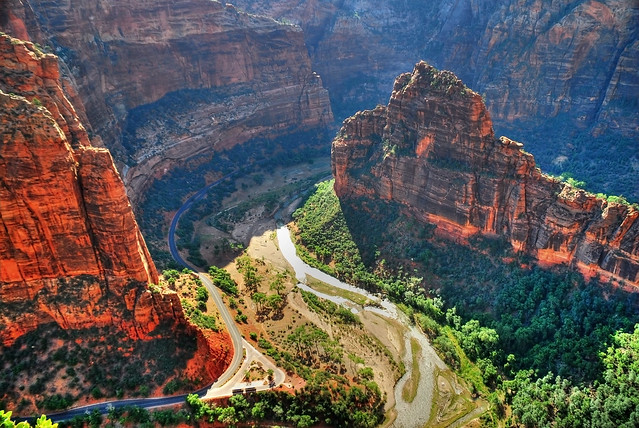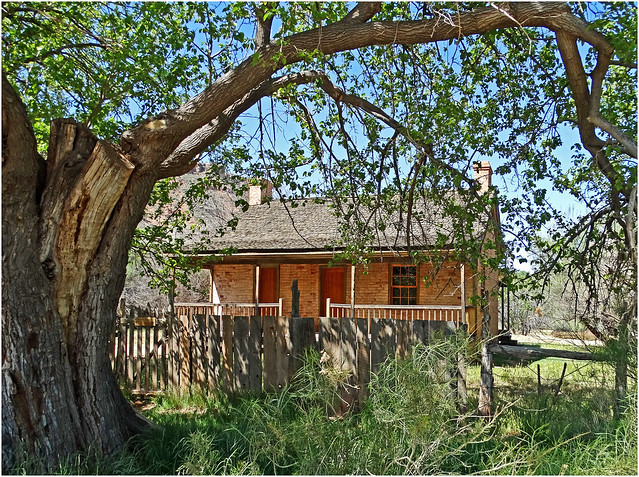The goal: one hour and thirty minutes -- that's how long I have to complete an onsite painting before the light patterns shift to a completely different arrangement (maybe better, maybe worse, definitely different). For the upcoming adventure in Zion National Park I'd like to have that down to 60 minutes. (Canyon Country light can change very quickly, especially when it's at its most dramatic -- sunrise and sunset.) But, for now, I'll settle for an achievable 90.
The solution: get out and sketch and paint every chance I get till it's time to go. (I know, it's a tough job. But someone's got to do it. Right?)
Still Waters: Sunset, Ocean Springs, 12"x9", oils on panel,
$500 unframed ($550 framed) plus S&H
This week's exercise finds us on the Mississippi Gulf Coast, in the small (and oh so picturesque) community of Ocean Springs.
Composition -- a composing frame, either homemade or commercial, aids in quickly and accurately determining what to include (and what to omit) from the final image.
when the clock is ticking a linear sketch in graphite
can be the fastest way to go
Identifying the prime shapes and plains -- a quick thumbnail sketch helps me identify the most significant shape/masses and their position in space. (Absolutely no consideration is given to detail at this stage.)
Yellow Ochre-toned gessobord with graphite underdrawing
Underdrawing -- many plein air painters will opt to do this with a brush (and I frequently do too). But, if speed is of the essence, a pencil is faster. (It doesn't require constant "reloading" from your palette and it gives me more time to identify the specific colors I'll want to squeeze onto my palette.)
blocking in the basic tonal areas -- initial stage (above), final "rough" (below)
Blocking in -- the priority here is the shadows, since they will be the first to change as the sun continues its journey across the sky (and the first lost if clouds move in). General shapes and compositional arrangements are also established at this phase.
refining the shapes and tonal shifts within the 3-4 spacial planes
Fine tuning -- awareness of relationships (of shapes, colors, edges, and space) begin to become more accurate at this stage. Still working working rapidly (i.e., no details). Fine tuning form, shadows, middle tones, and introducing highlights.
adding the finishing touches (boldest highlights, core shadows, and fine-tuning gradations)
Finalizing -- identifying and placing the boldest shadows and highlights, adding a bit more variety to the pattern. At this stage I'm frequently spending more time observing and comparing, less and less time actually applying paint.
Polish and Details -- are reserved for the occasional (larger) studio works (and only a few of the plein air sketches will warrant that kind of special attention). For this one, however, I'm thinking maybe 24"x18". What do you think?


















































